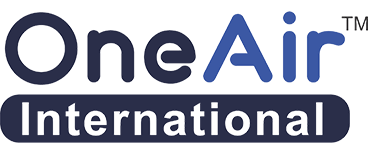Nasal Spray
- Home
- Nasal Spray
Nasal Sprays
Nasal sprays work faster than other types of medications and can get rid of allergies really quickly. Such sprays prevent your body from releasing chemicals that cause runny nose and sneezing. They are available at all drugstores.
10+ Years
Experience
About Nasal Spray
Nasal spray offers a swift means of facilitating recovery by delivering medication directly to the nasal passages. They come in both prescribed and over-the-counter varieties and are typically available in two forms: regular sprays or pump sprays. To ensure the medication’s efficacy, it’s vital to use nasal sprays correctly.
How Nasal Spray Work
Nasal sprays function by administering medication directly to the nasal passages, where it can be rapidly absorbed and provide relief. They are especially effective for targeting conditions that affect the nose, sinuses, or upper respiratory tract.
Proper Usage of Nasal Sprays
- Prepare Your Nasal Passages: Begin by blowing your nose gently to clear any obstructions and allow for better medication absorption.
- Nasal Passage Cleansing: Prior to using the spray, ensure that your nasal passages are clean. Some individuals find it beneficial to use a saline nasal rinse or a saline nasal spray to clear mucus and debris from the nasal passages. This step enhances the medication’s ability to reach its intended destination.
- Shake the Bottle: Shake the nasal spray bottle gently as instructed. This step ensures proper mixing of the medication within the bottle.
- Administer the Spray: While holding the spray bottle, tilt your head slightly forward and close one nostril by gently pressing on the side that’s not receiving medication. Insert the nozzle into the other nostril and depress the spray pump or release the mist, depending on the type of spray. Inhale gently as you administer the spray to facilitate medication distribution.
- Repeat for the Other Nostril: After administering the medication in one nostril, repeat the process for the other nostril, following the same steps.
- Follow Your Doctor’s Instructions: Always adhere to your doctor’s recommendations regarding the frequency and duration of use for the specific nasal spray prescribed to you. Overusing nasal sprays can worsen your condition.
- Avoid Sharing: Never share your nasal spray with others to prevent the risk of infection transmission.
Side Effects
- Irritation: Some individuals may experience mild irritation in the nasal passages, throat, or even nosebleeds. If irritation persists or worsens, consult your healthcare provider
- Rebound Congestion: Prolonged or excessive use of certain nasal sprays, especially those containing decongestants, can lead to rebound congestion, where the nasal passages become more congested when the medication wears off. It’s vital to strictly adhere to the recommended duration of use.
- Allergic Reactions: Although rare, allergic reactions to specific nasal spray ingredients can occur. If you experience symptoms like itching, rash, or swelling after using a nasal spray, seek medical attention promptly.
- Follow Storage Guidelines: Keep nasal sprays away from direct sunlight and in the recommended storage conditions to maintain their effectiveness.
- Recap the Bottle: After using the nasal spray, replace the cap securely on the bottle. Avoid blowing your nose immediately after application to allow the medication to remain in place.
Nasal spray provides a fast and targeted method for delivering medication to the nasal passages. Always consult with your doctor for personalized guidance and treatment recommendations.
Request a Callback
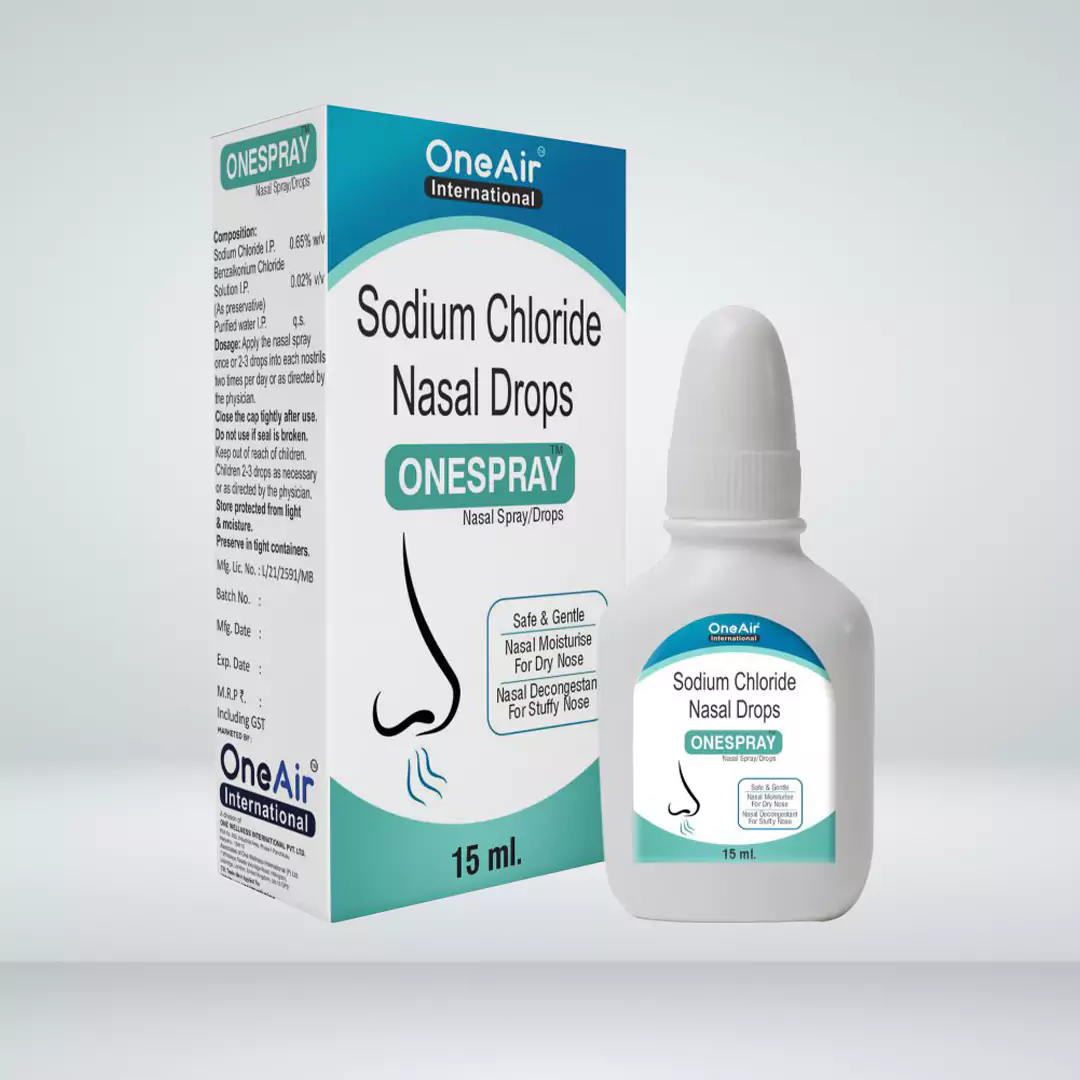
ONESPRAY™
Sodium Chloride
15 ML
MRP – INR 399
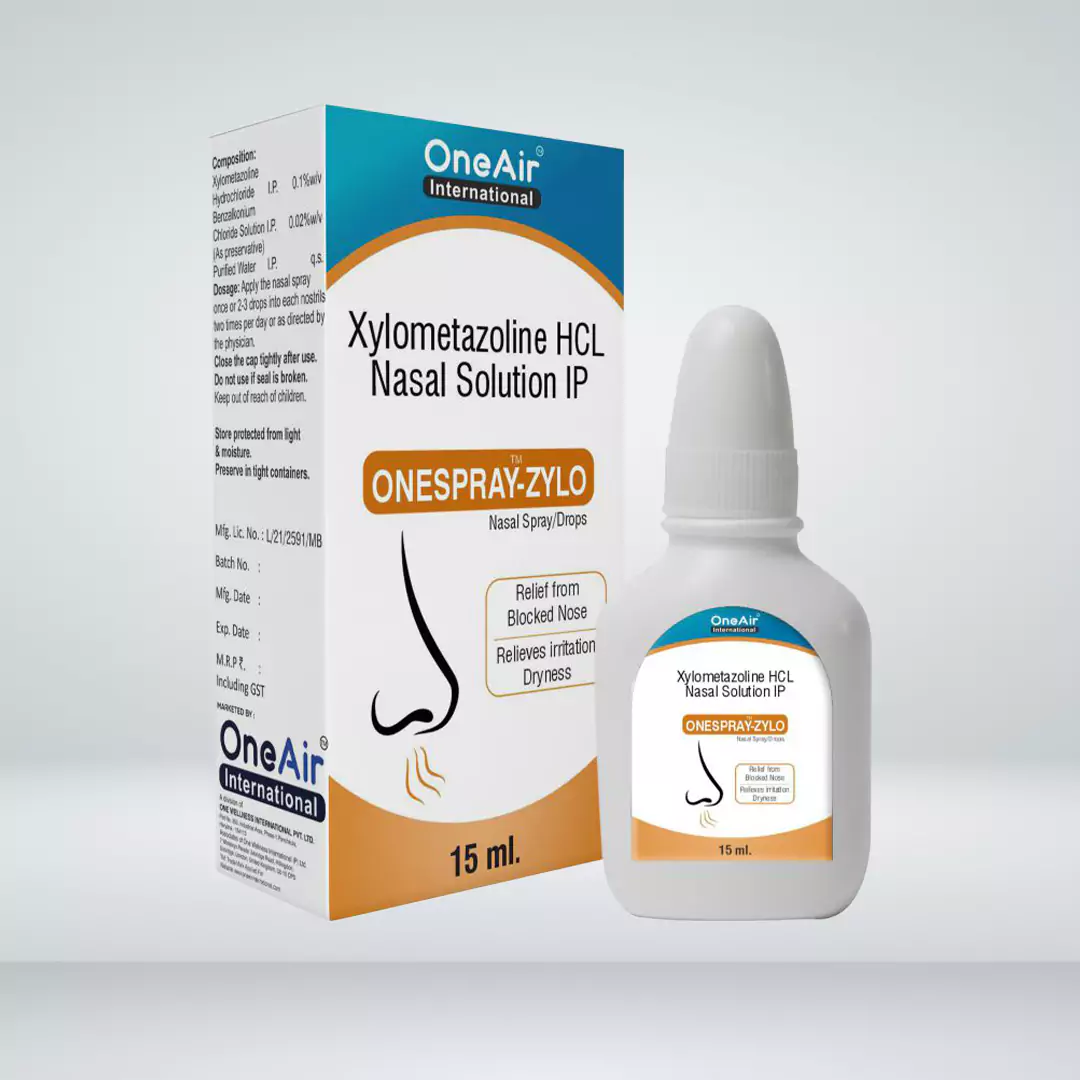
ONESPRAY™- ZYLO
Xylometazoline 0.1%
10 ML
MRP – INR 455
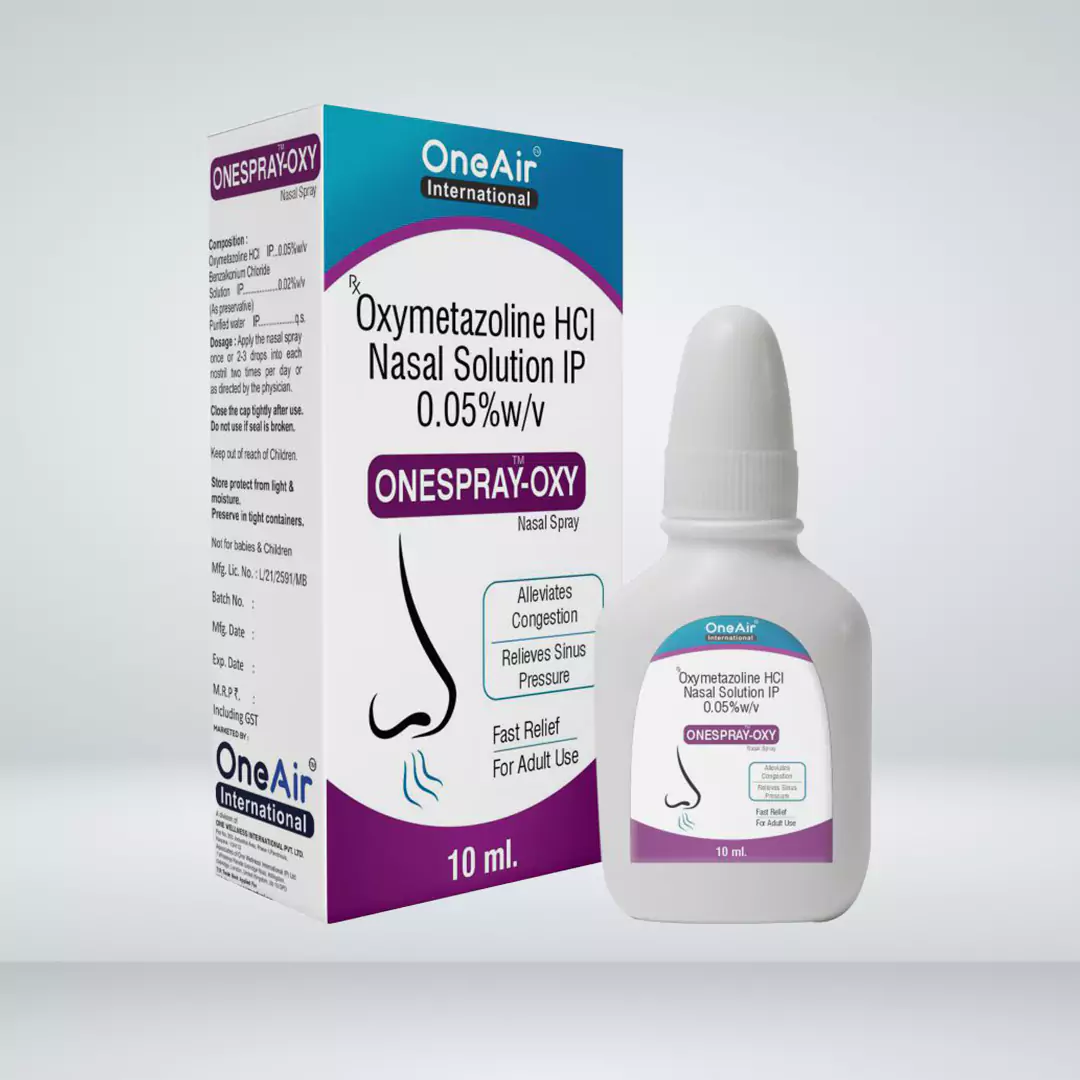
ONESPRAY™- OXY
Oxymetazoline
Hydrochloride 0.5mg
10 ML
MRP – INR 725
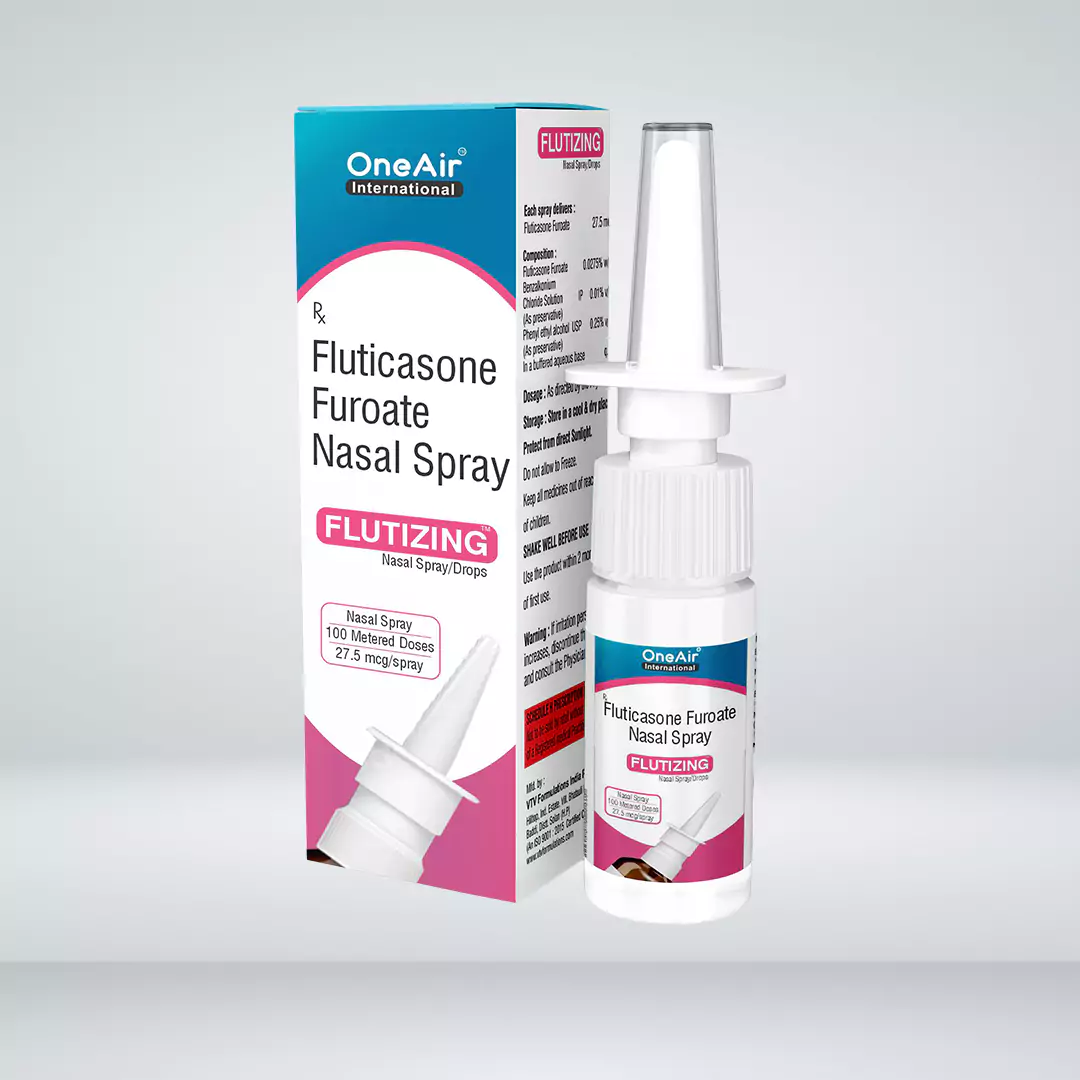
FLUTIZING™
Fluticasone Furoate 27.5 mcg
100 Metered Dose
MRP – INR 850

FLUTIZING™- AZ
Fluticasone Furoate 27.5 mcg &
Azelastine 140mcg
70 Metered Dose
MRP – INR 375
